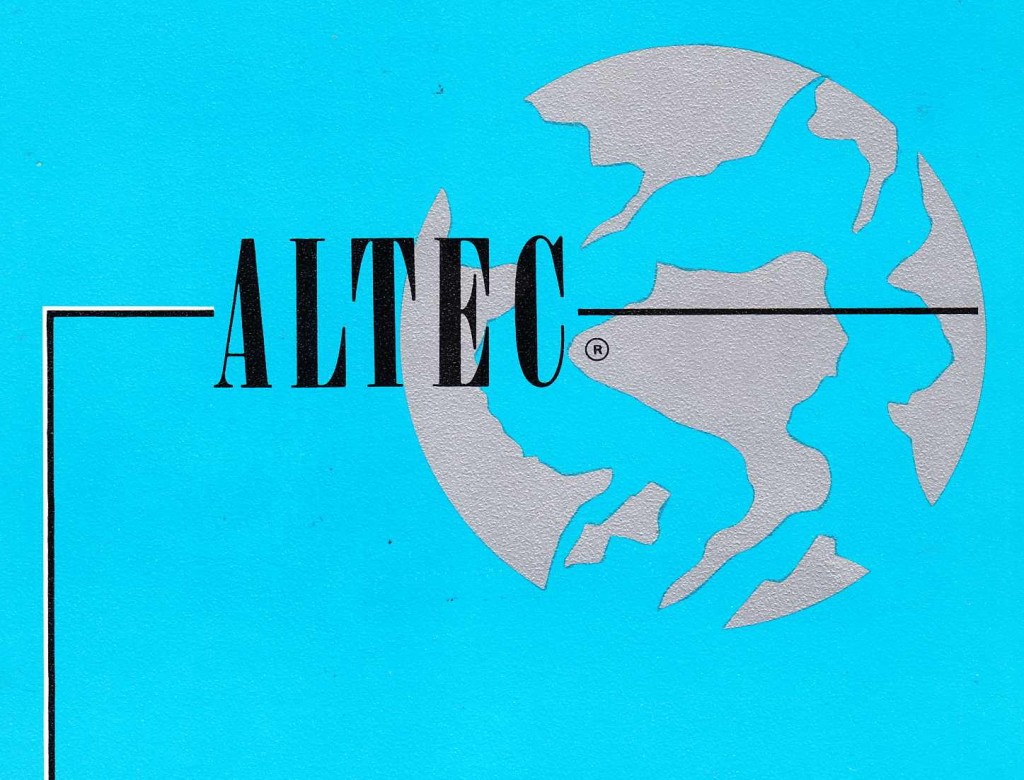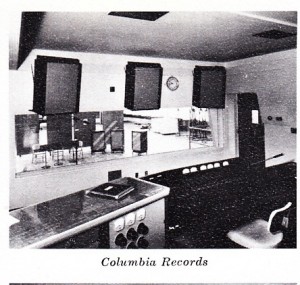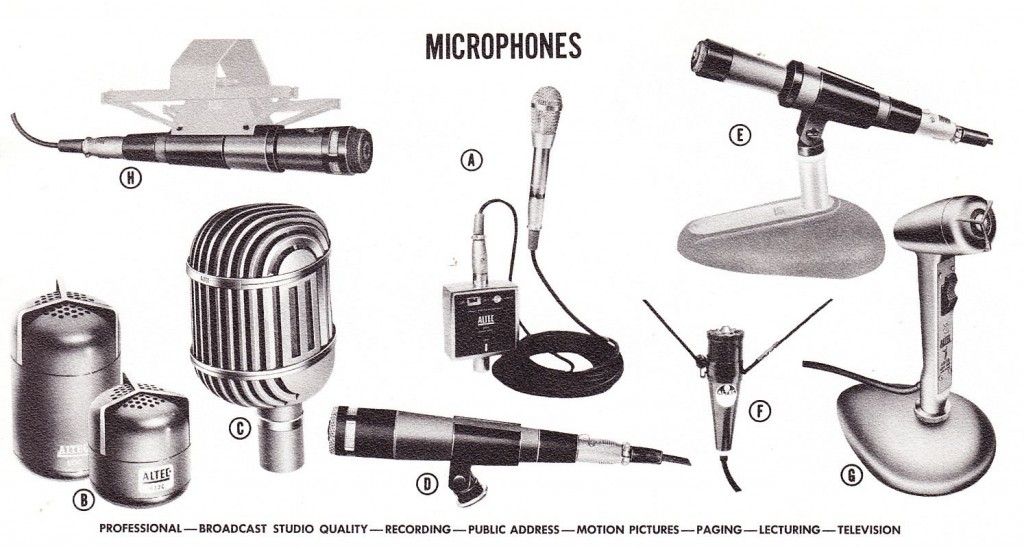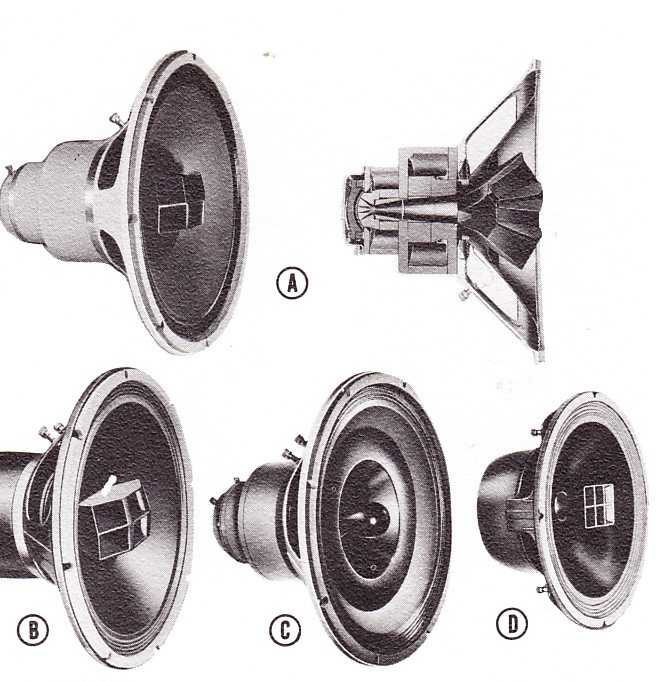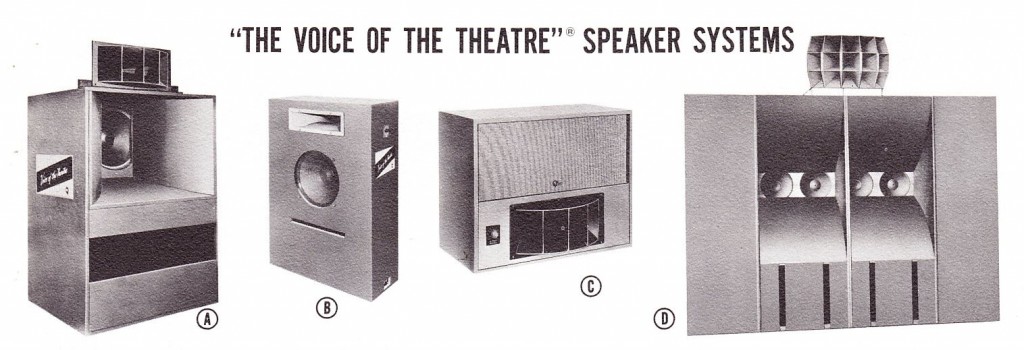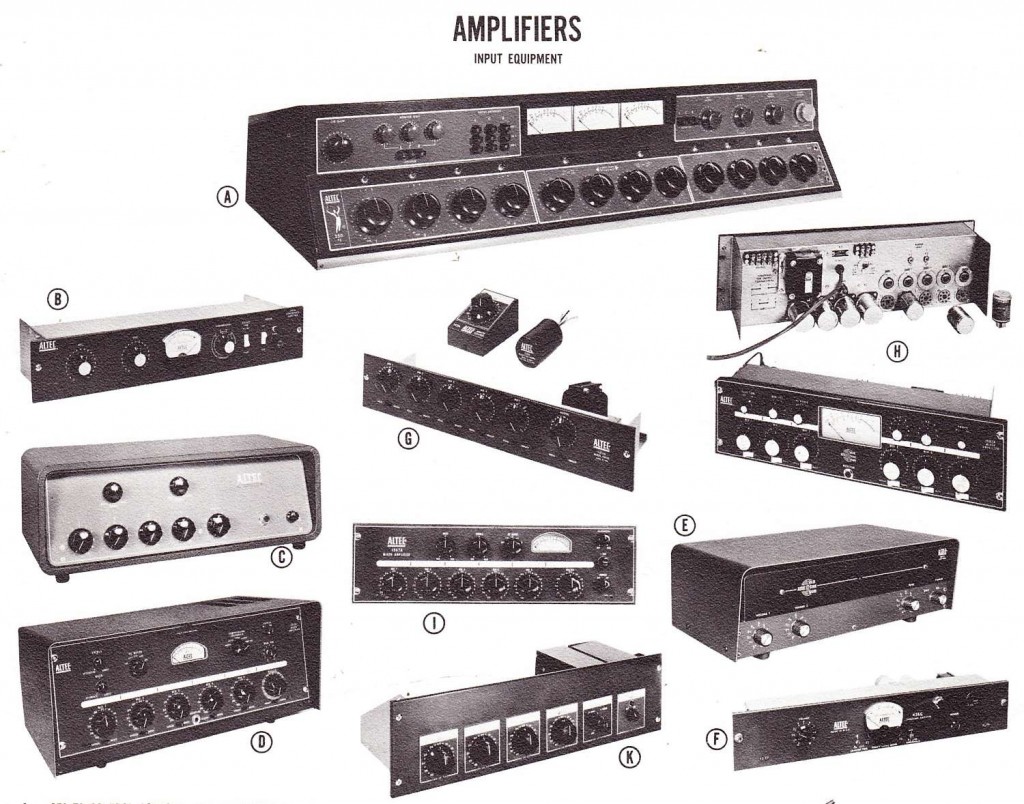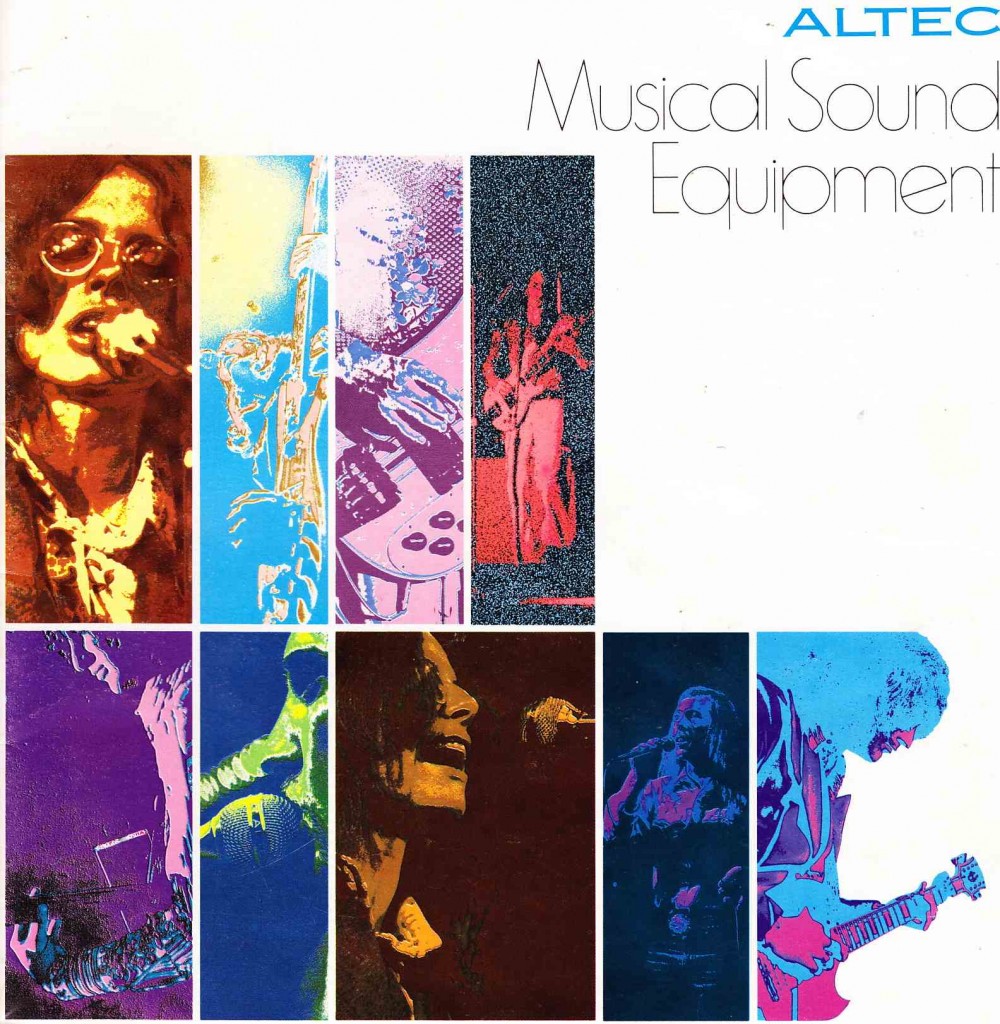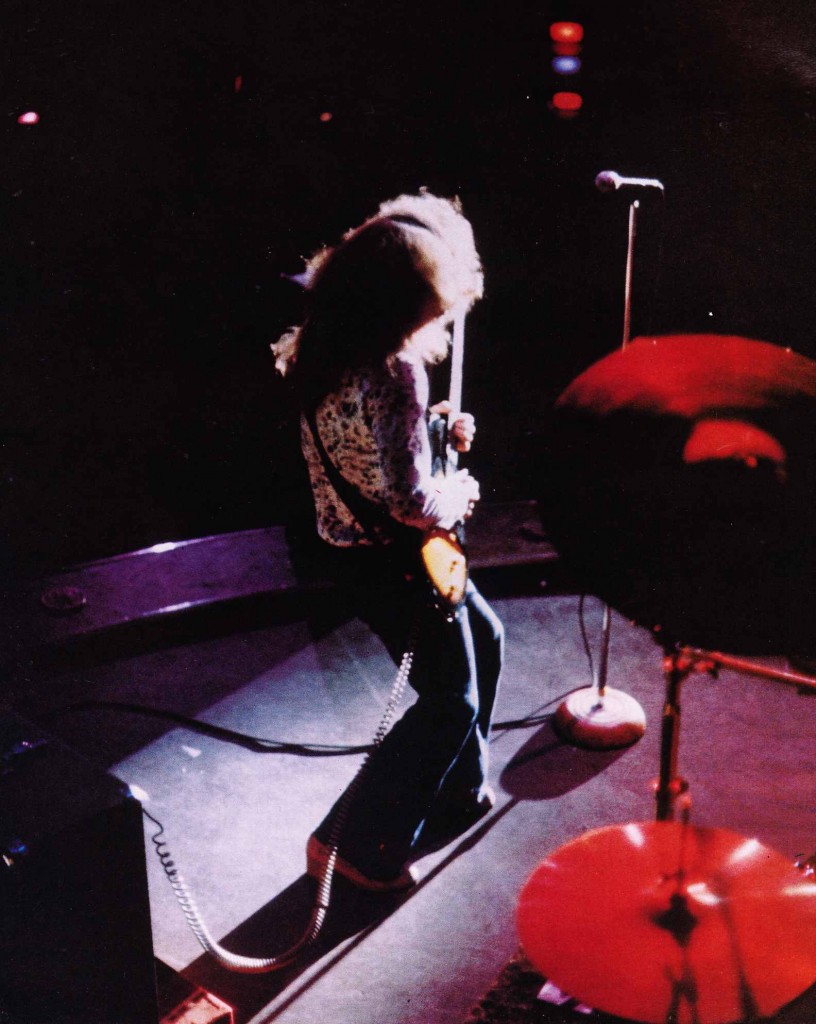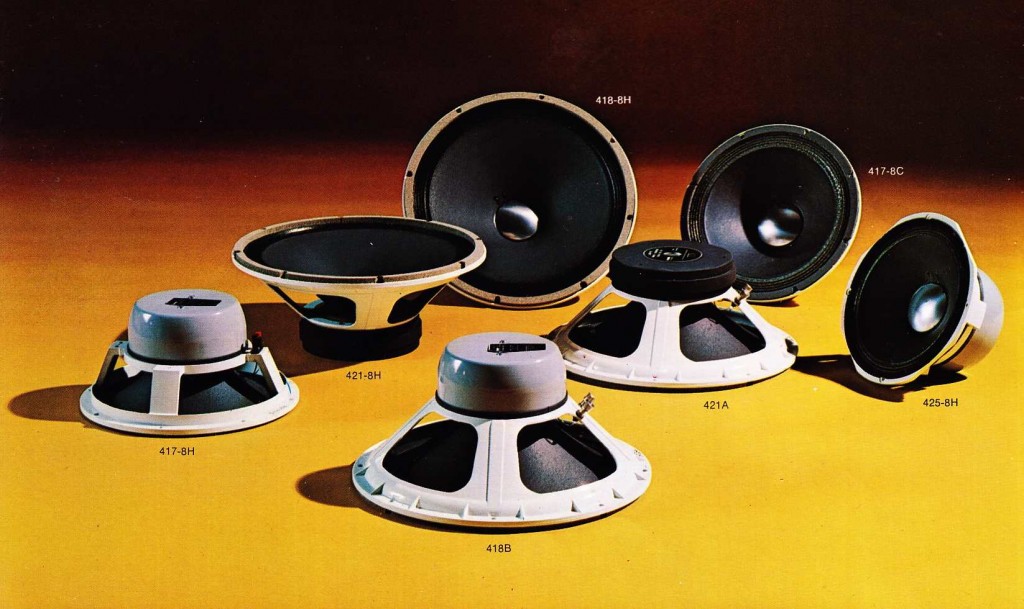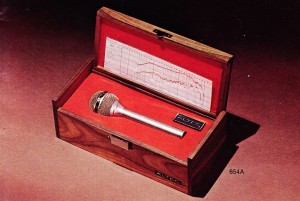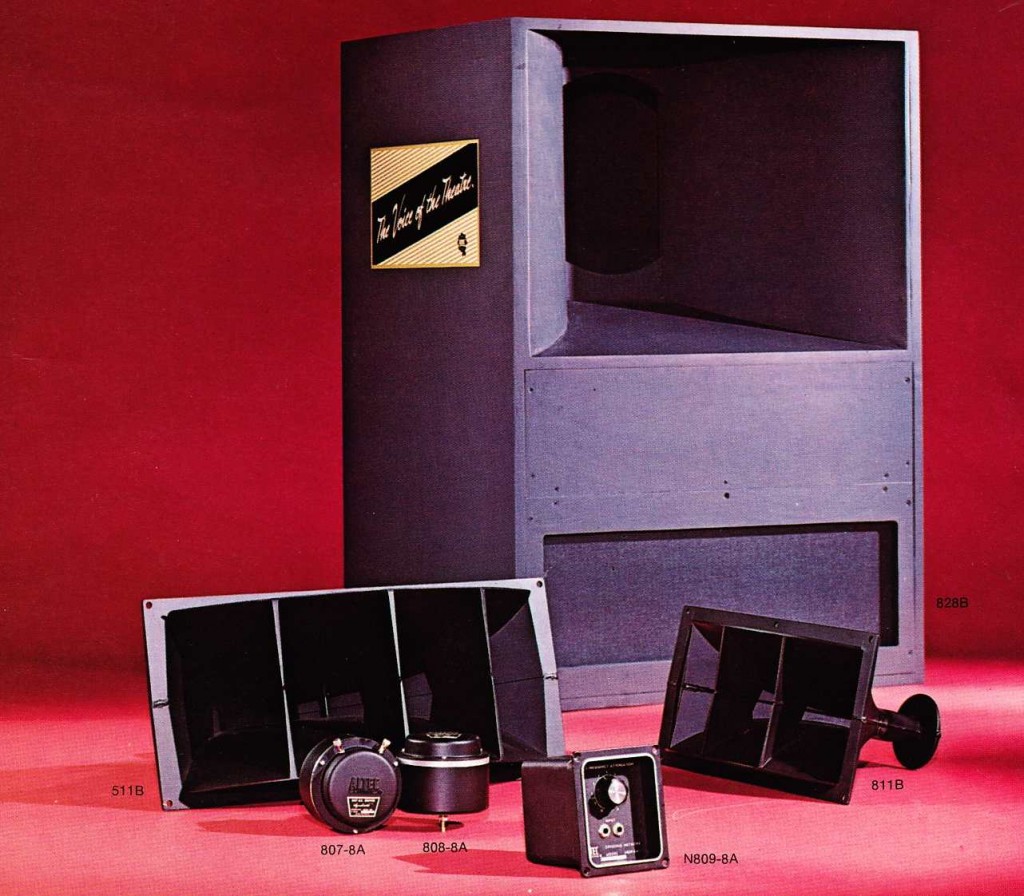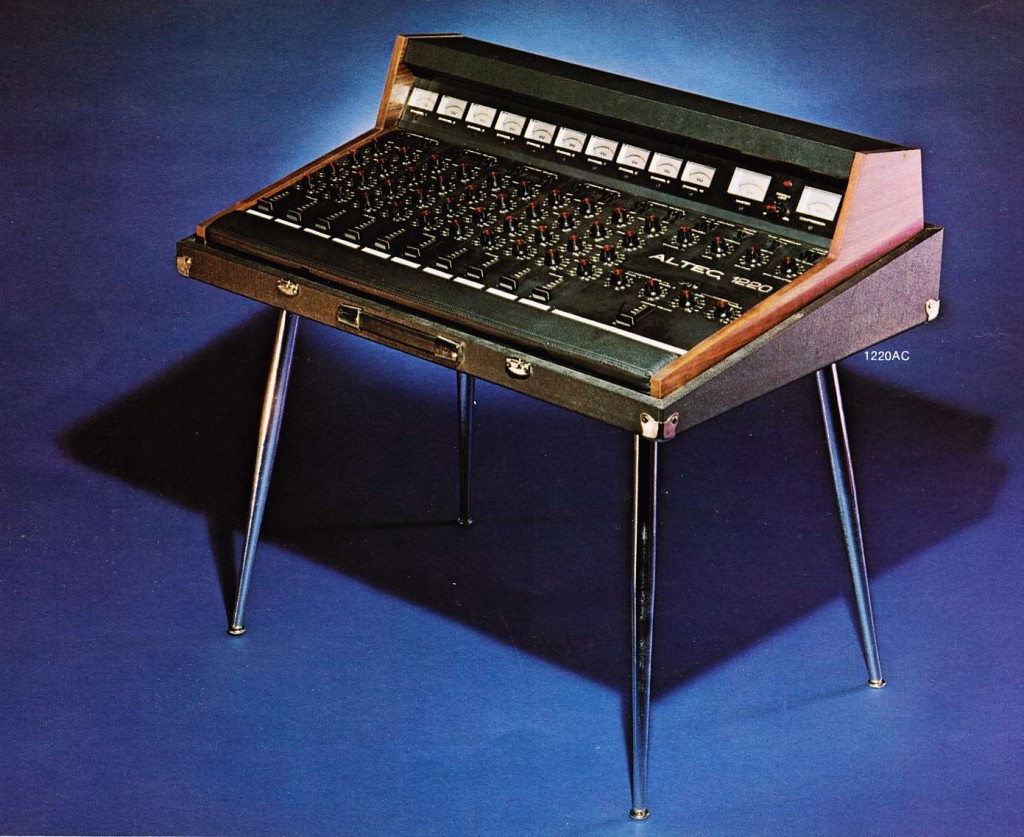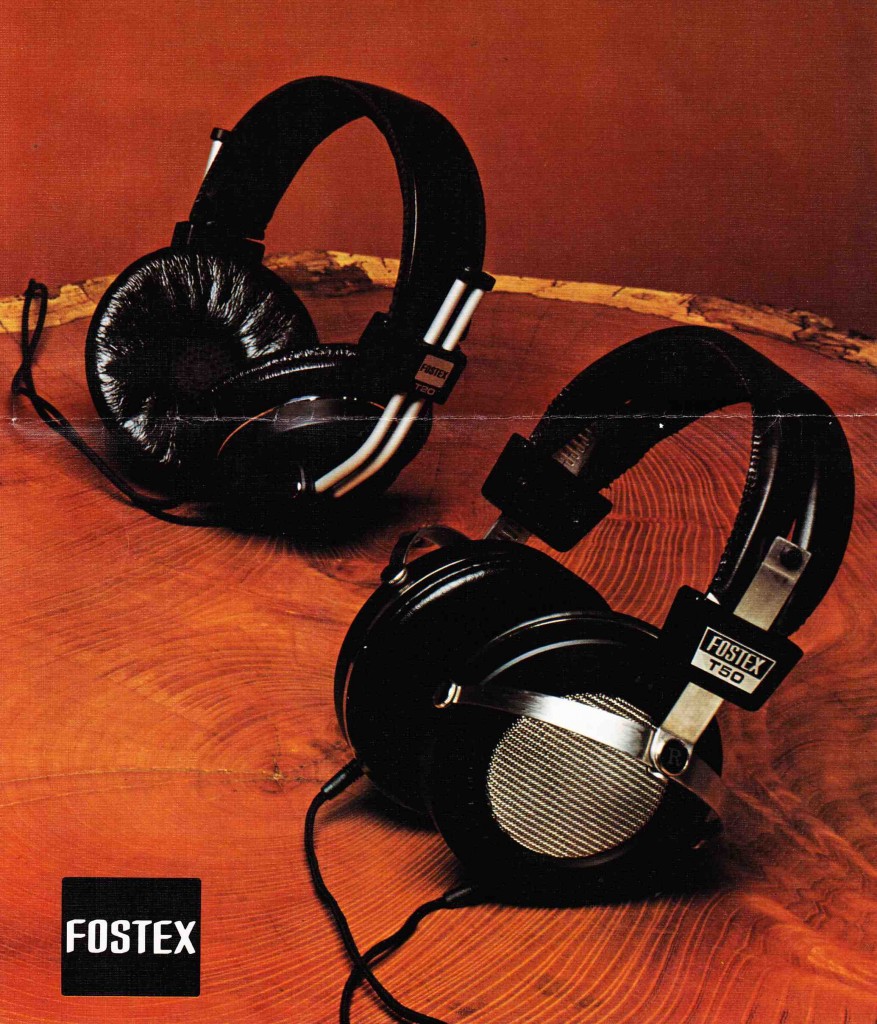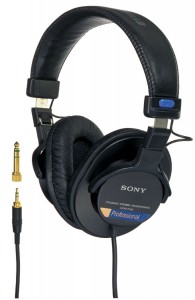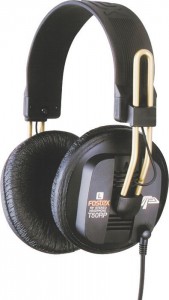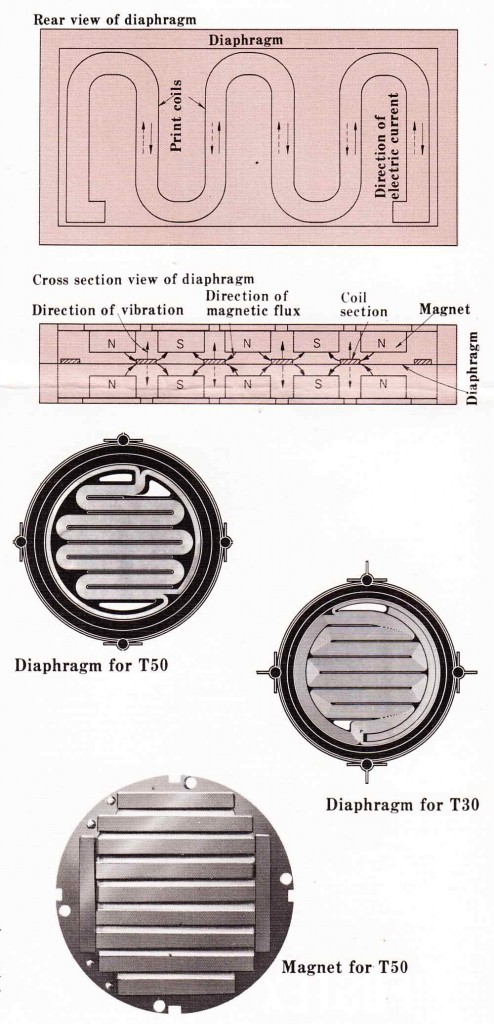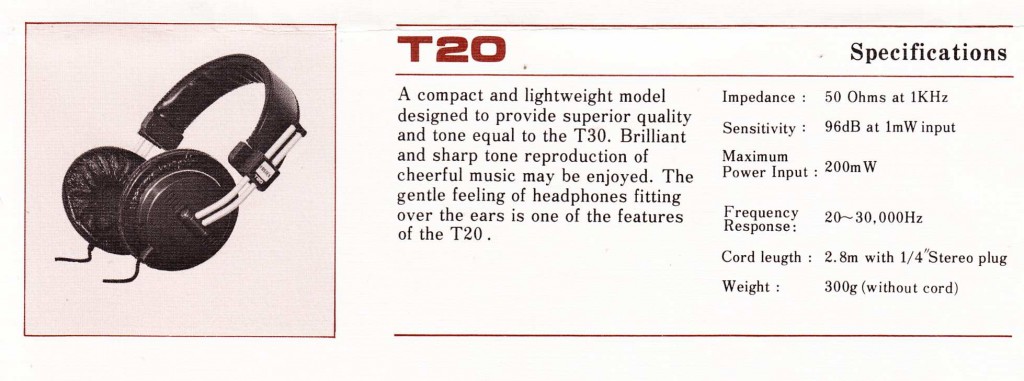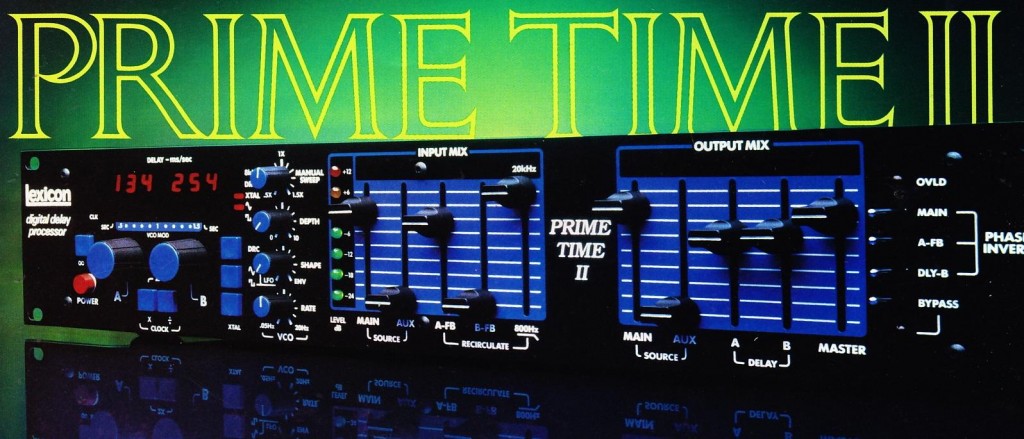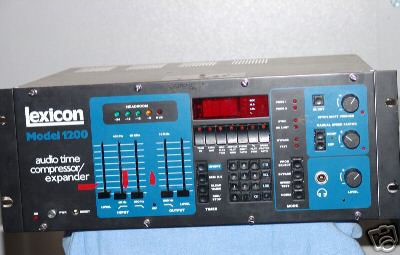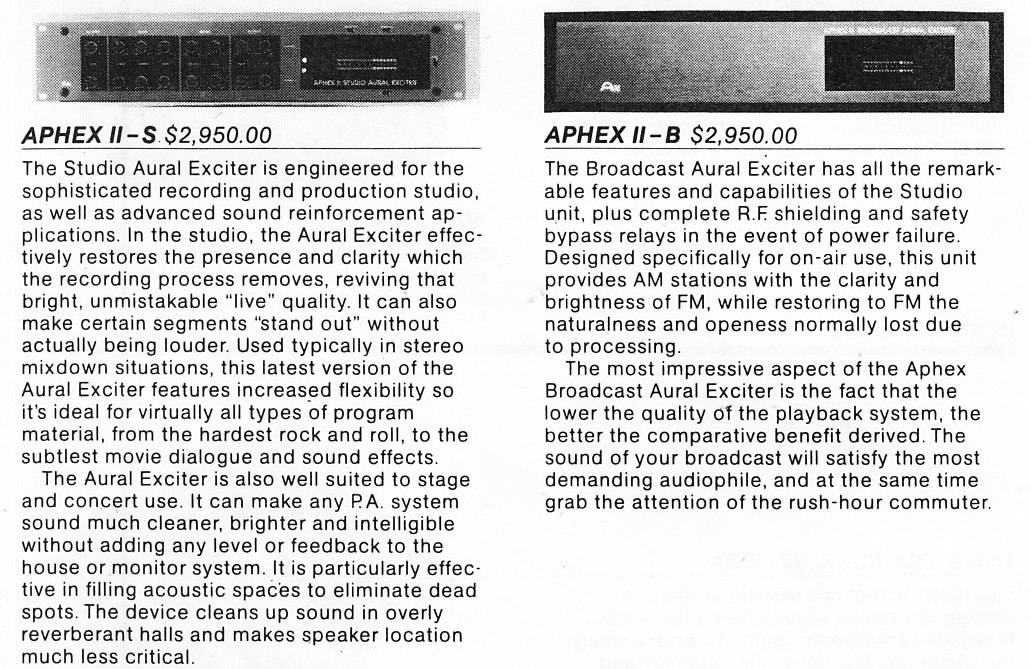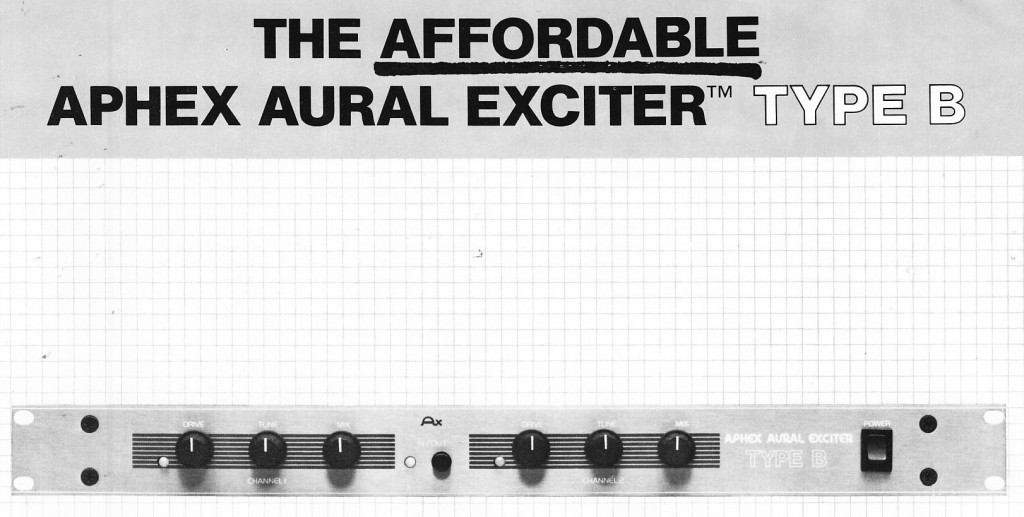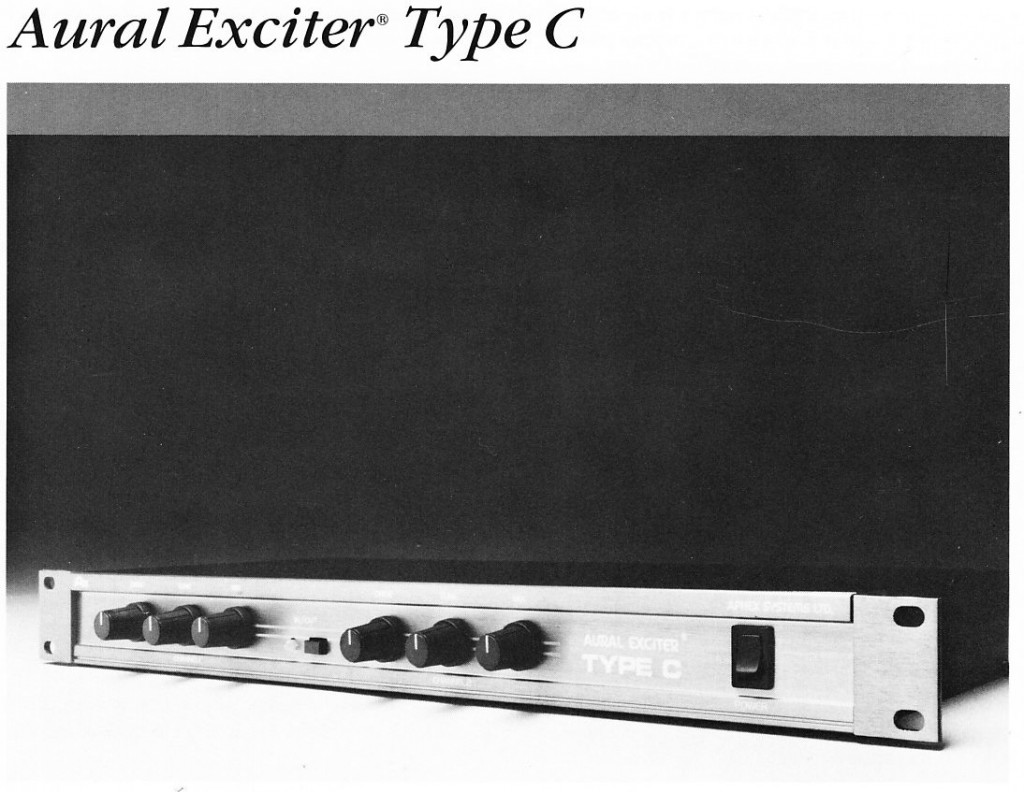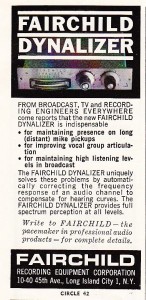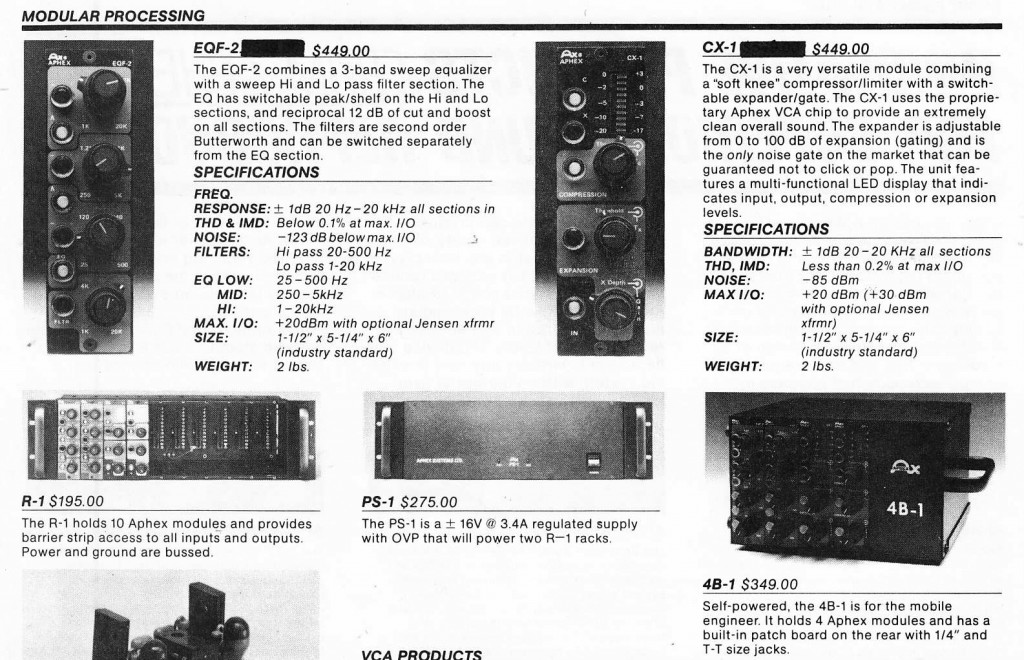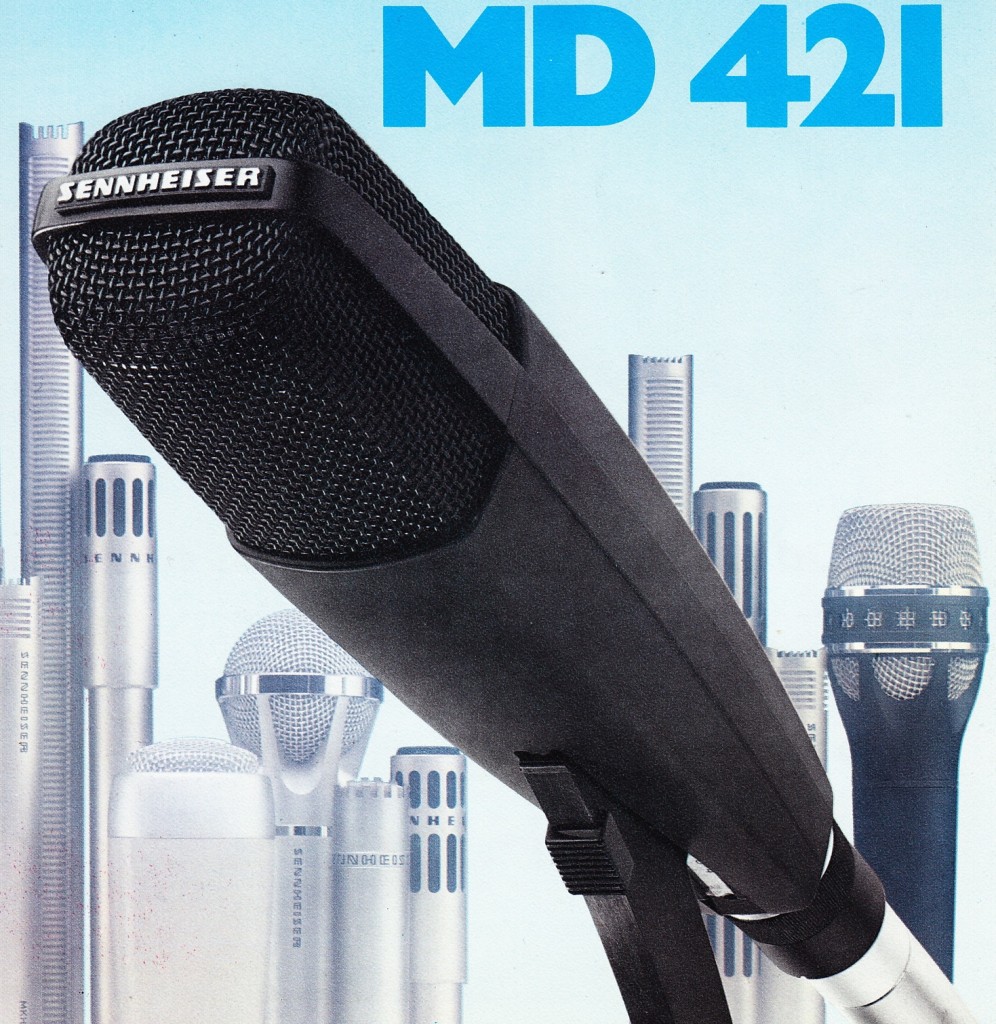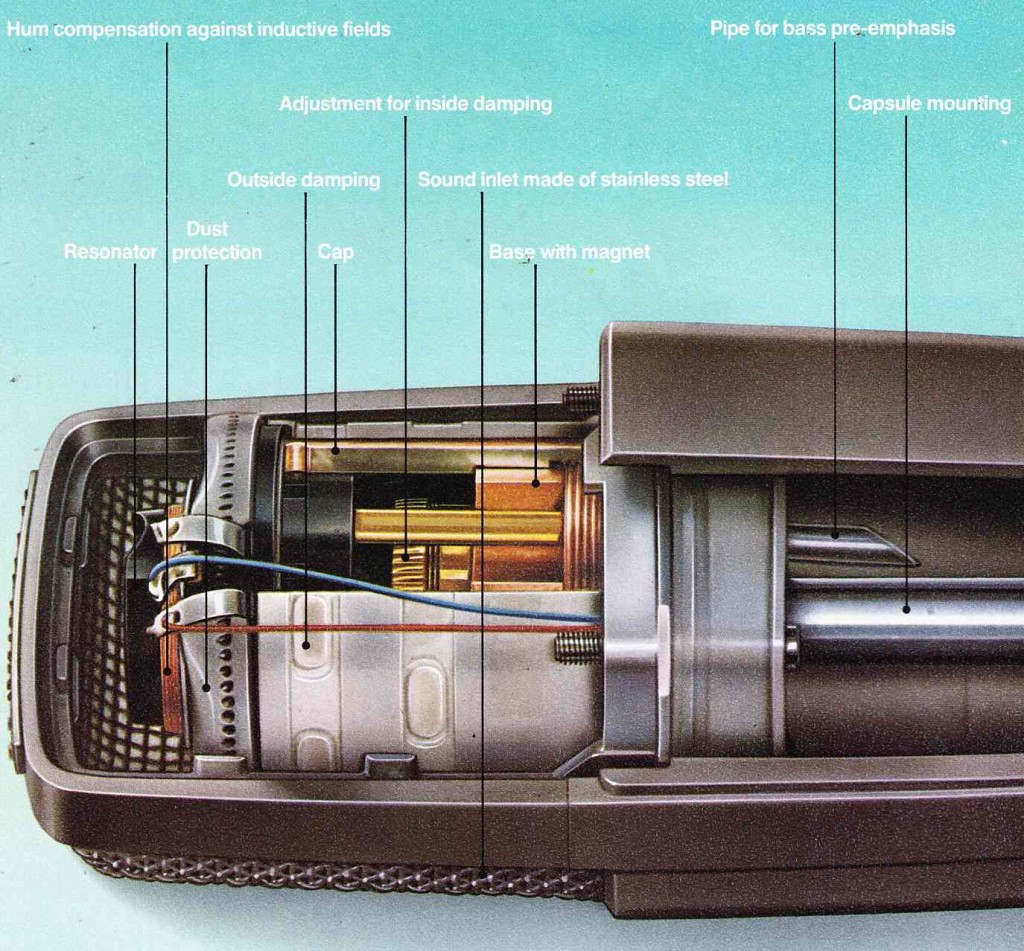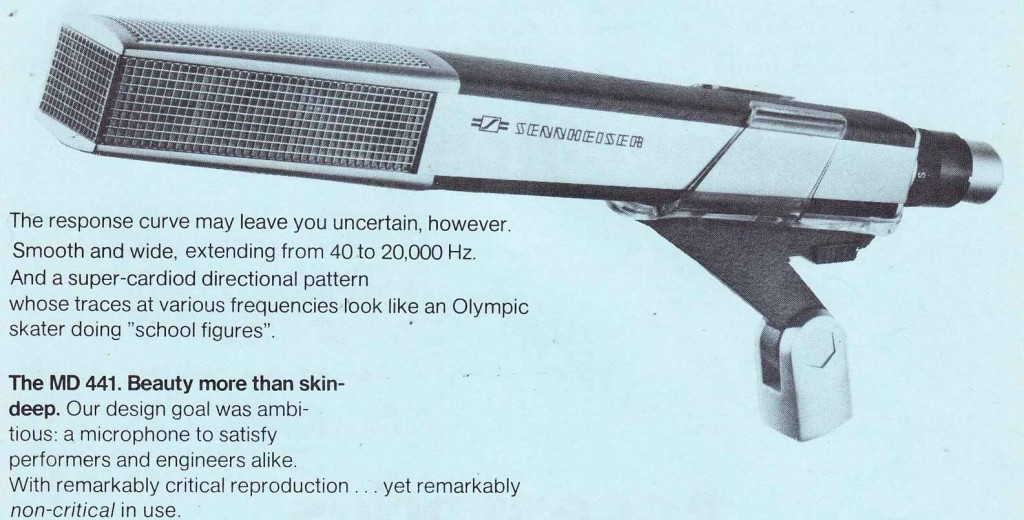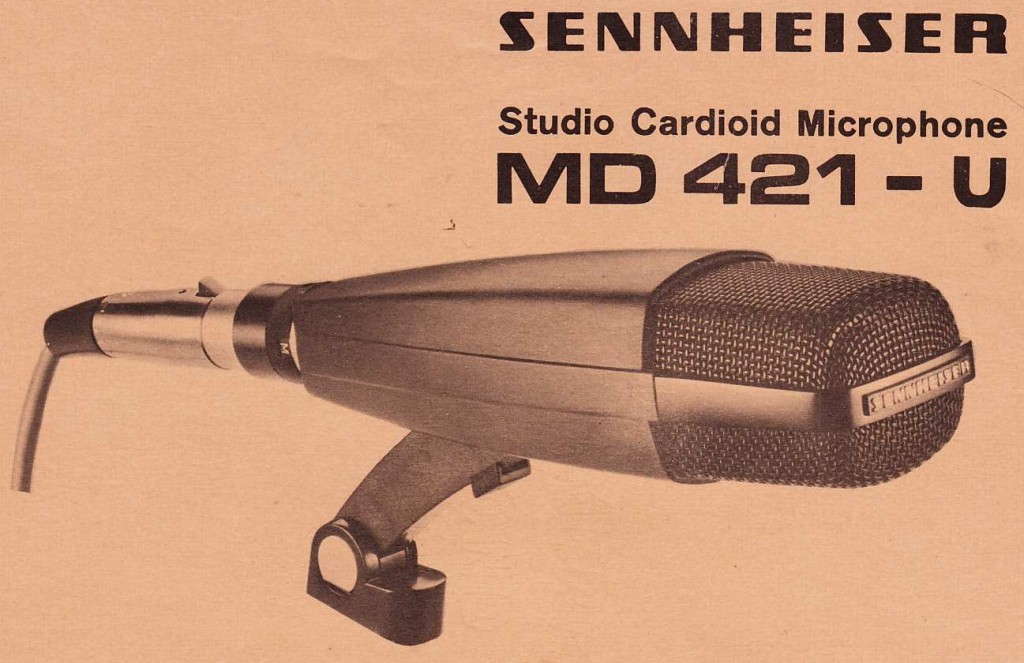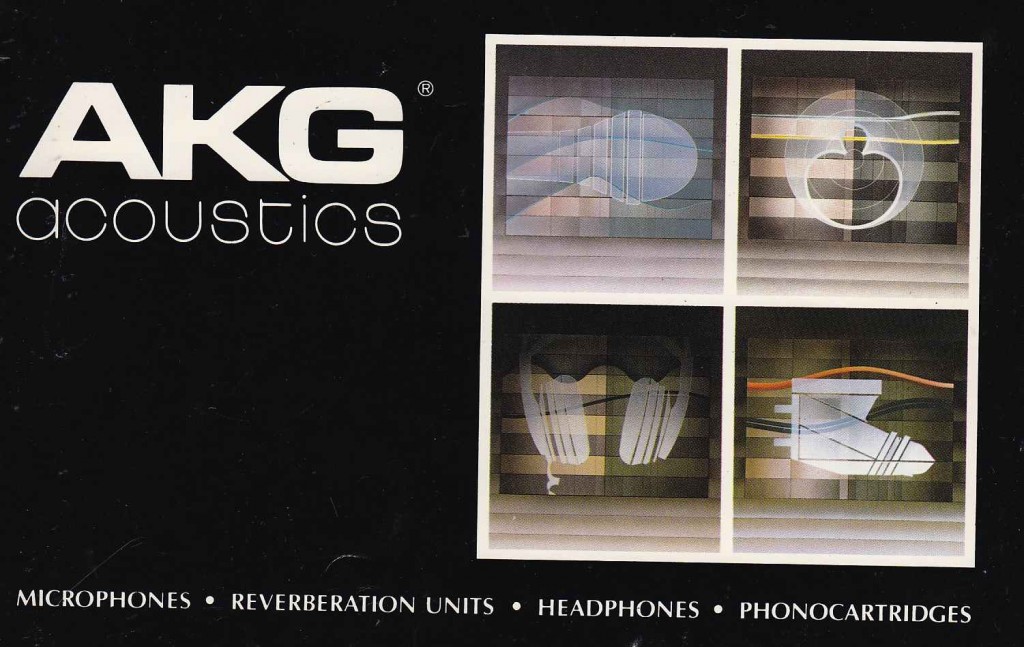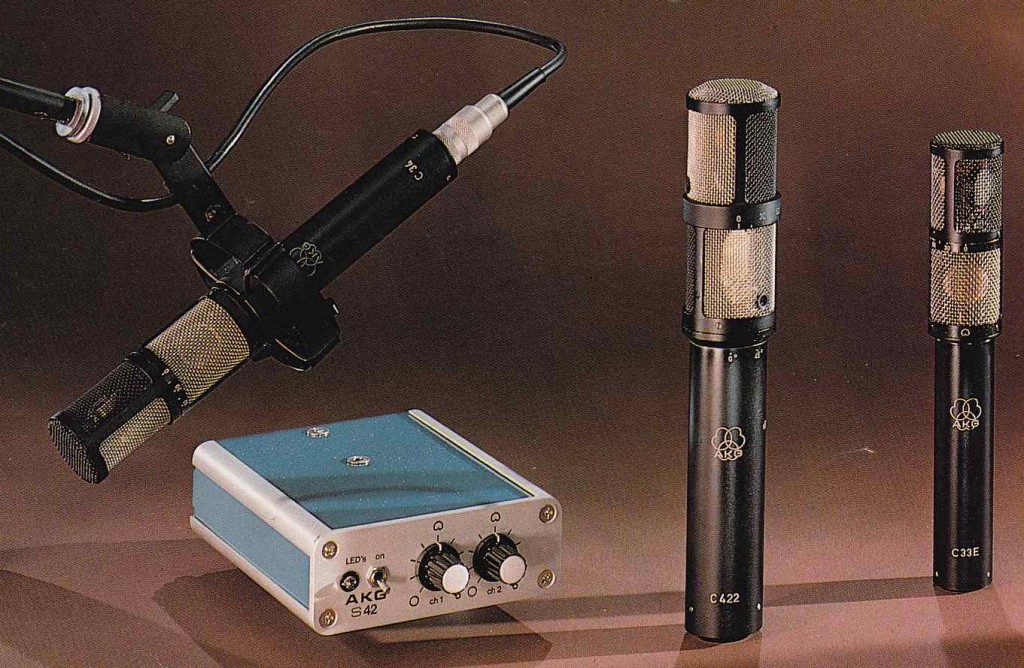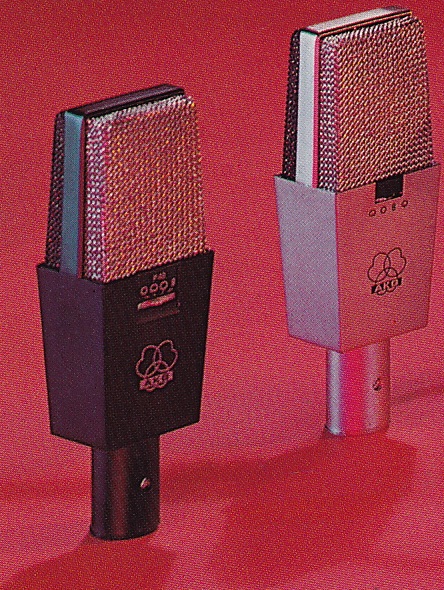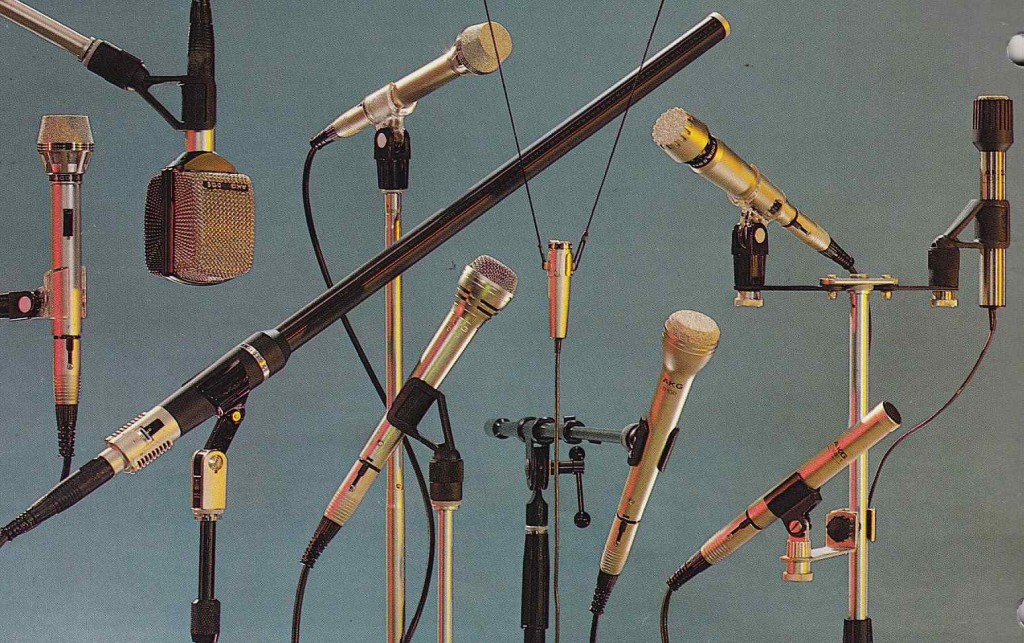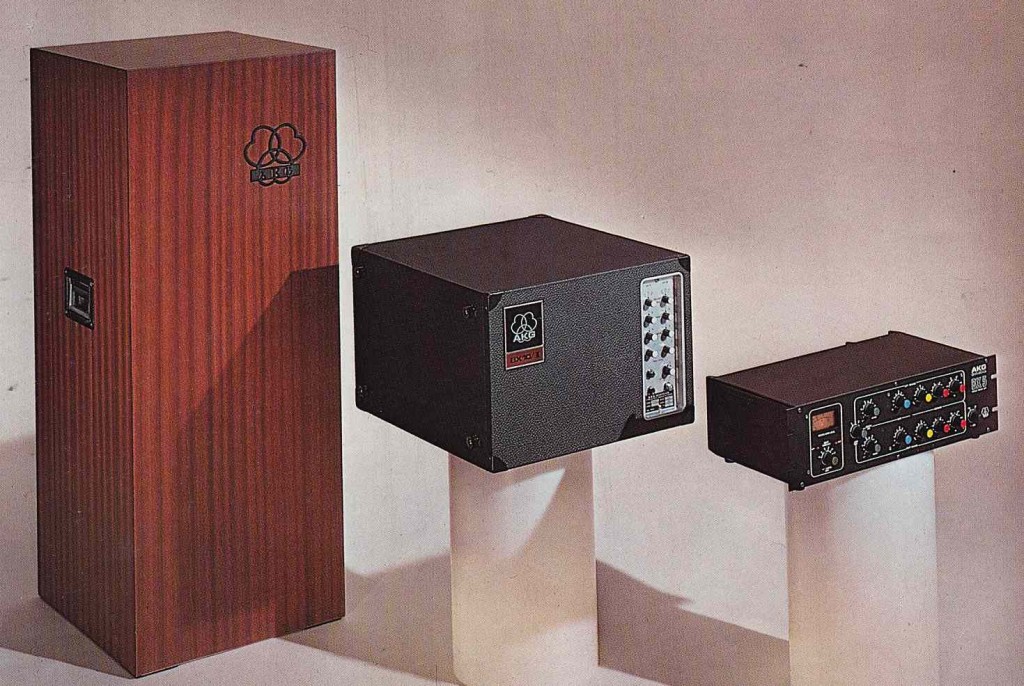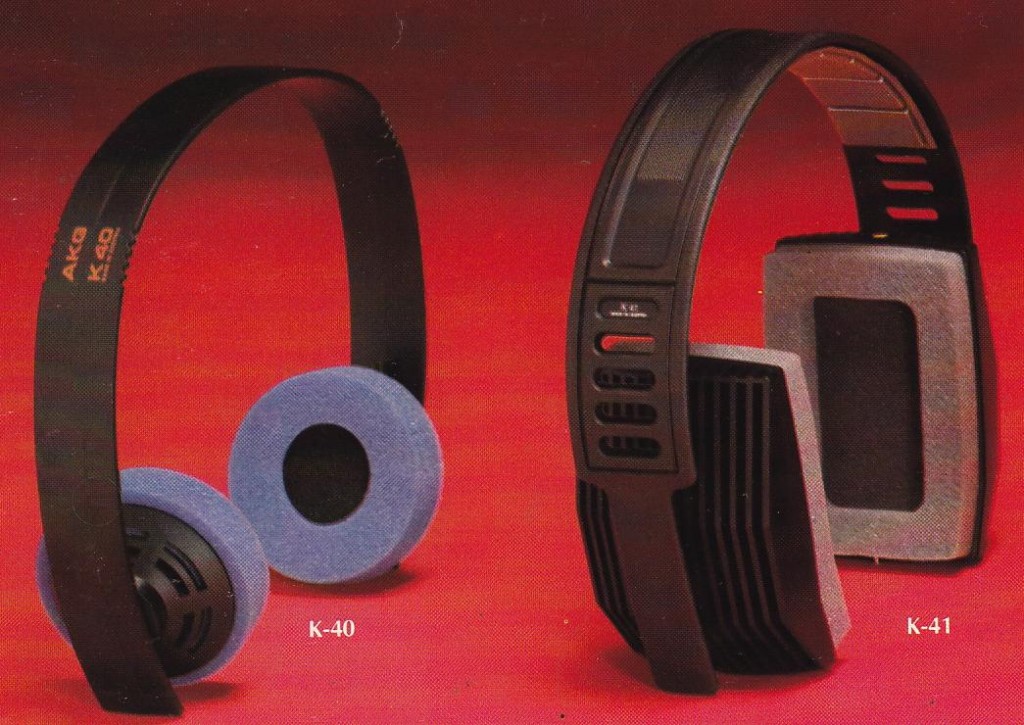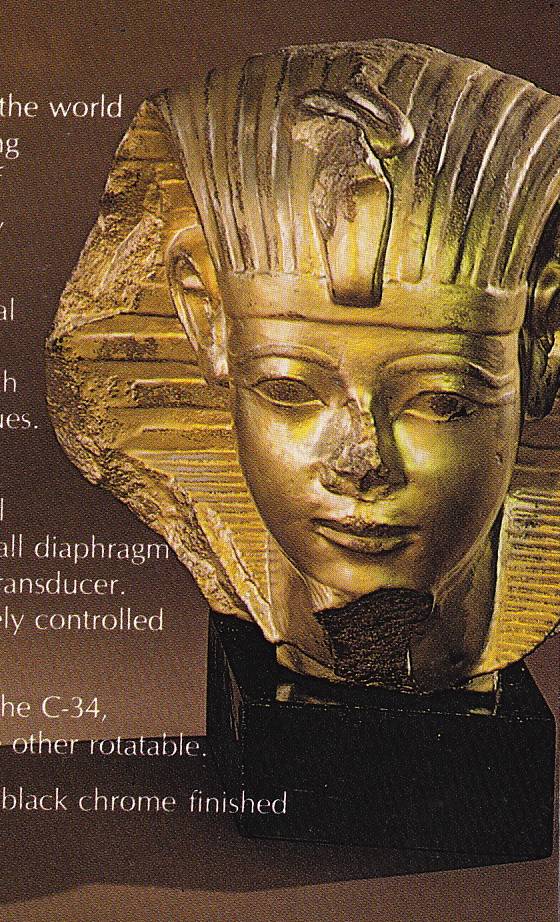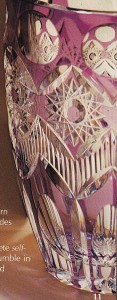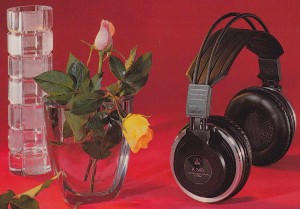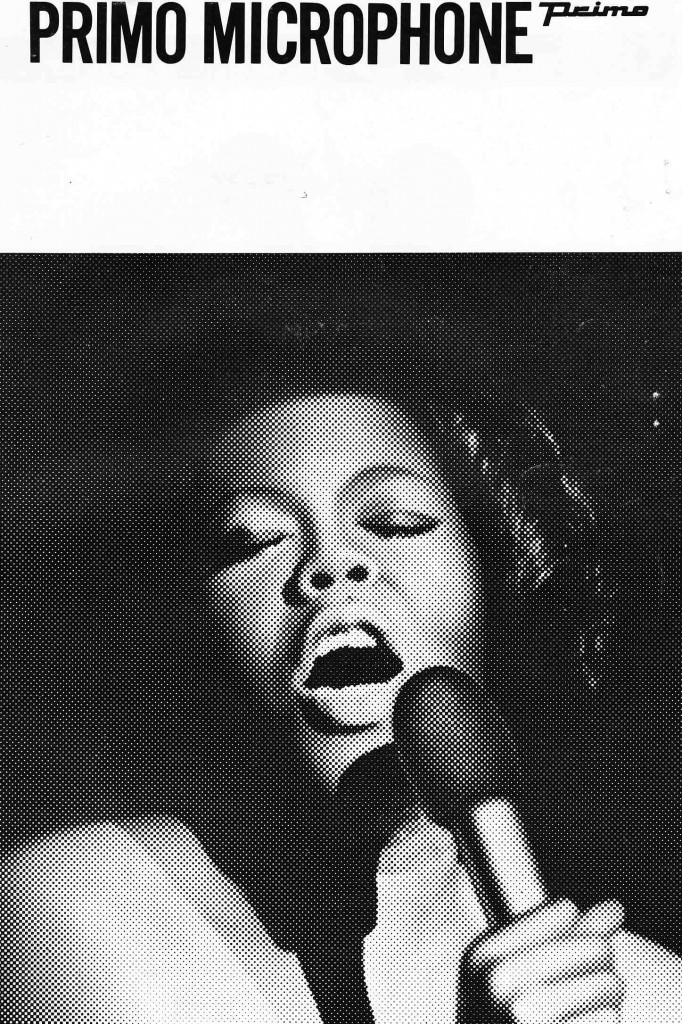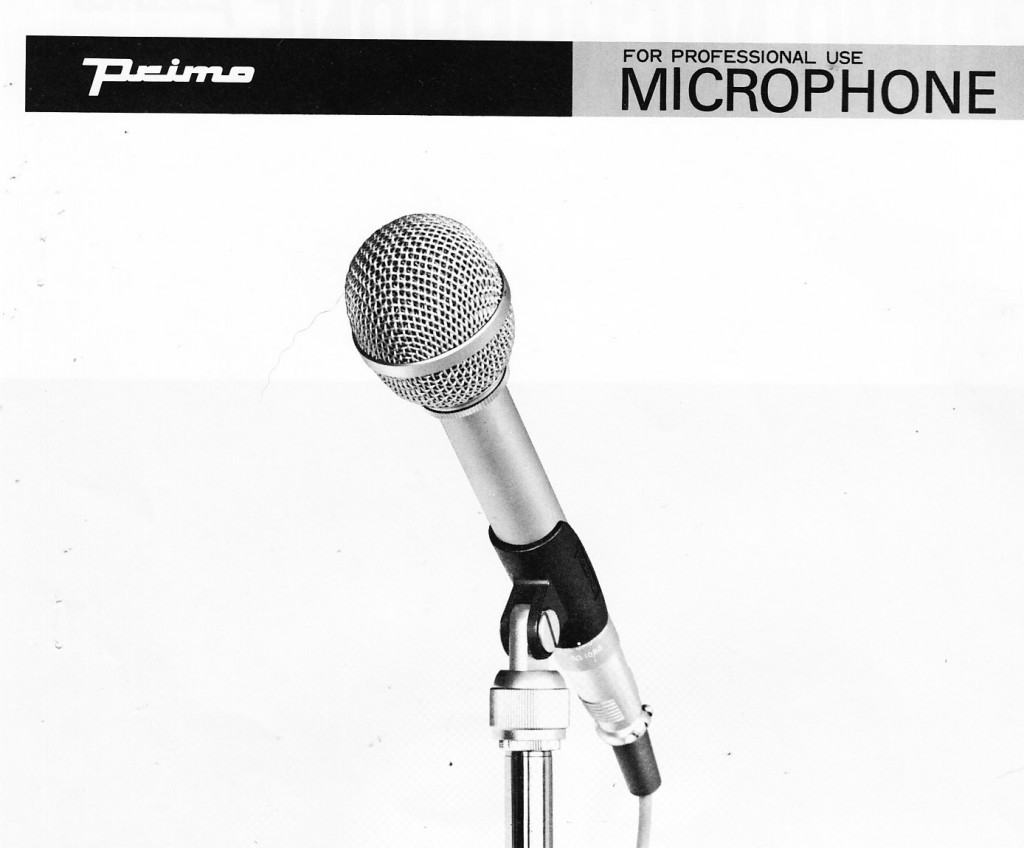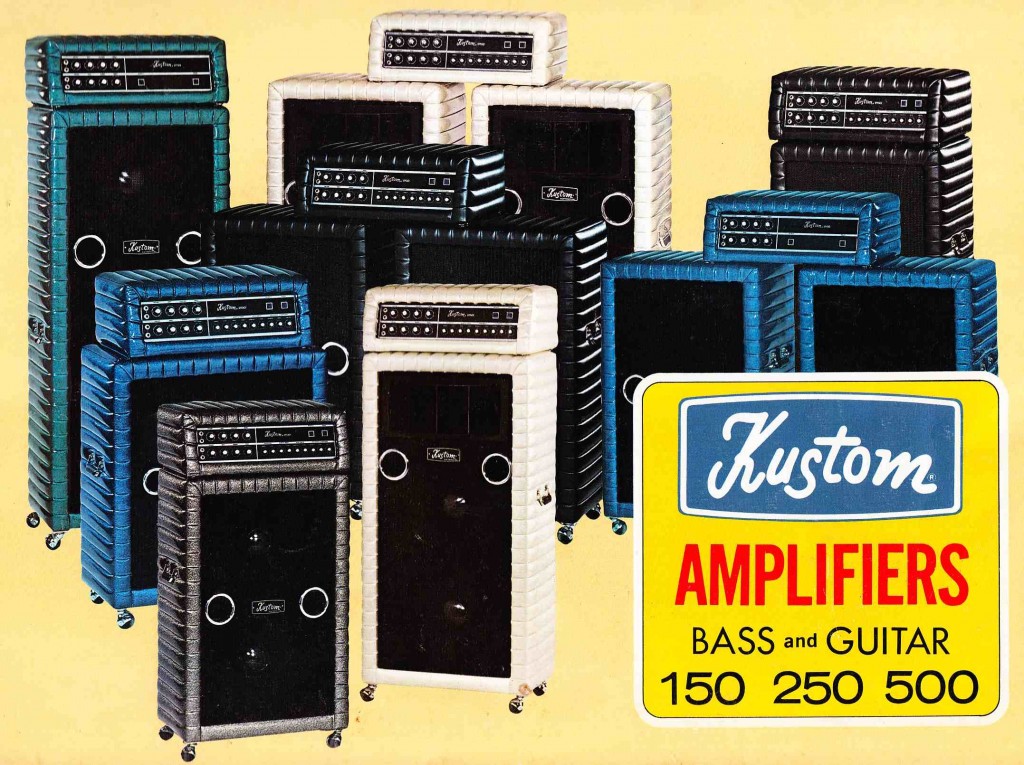 Download the twelve-page 1972 Kustom Electronics, INC catalog for their 150, 250, and 500-series guitar and bass amplifiers.
Download the twelve-page 1972 Kustom Electronics, INC catalog for their 150, 250, and 500-series guitar and bass amplifiers.
DOWNLOAD: Kustom_150_250_500_Catalog
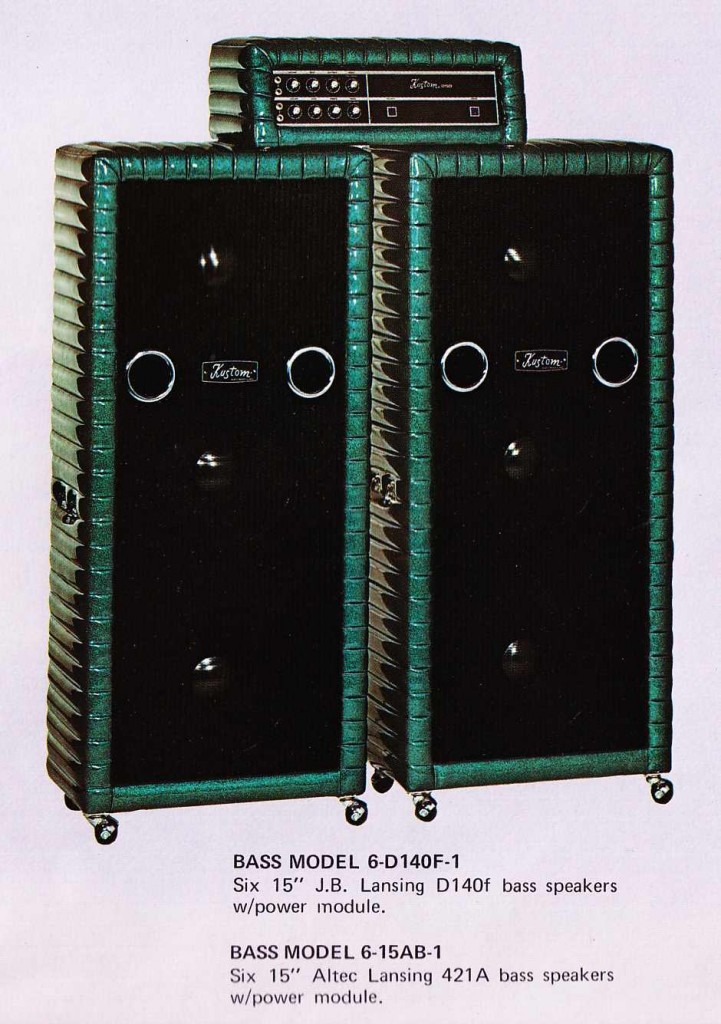 Kustom amps, with their ‘tuck and roll’ sparkle-Naugahyde upholstery covering, are a true icon of the rocknroll amplifier. Bud Ross took the idea of RocknRoll=hot rods to its logical conclusion with these things.
Kustom amps, with their ‘tuck and roll’ sparkle-Naugahyde upholstery covering, are a true icon of the rocknroll amplifier. Bud Ross took the idea of RocknRoll=hot rods to its logical conclusion with these things.
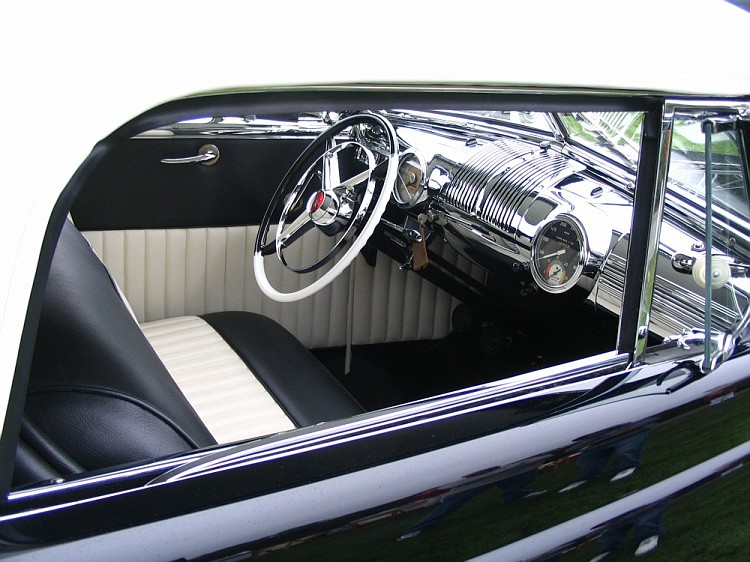
Tuck and Roll custom hot-rod upholstery (web source)
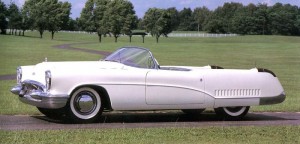
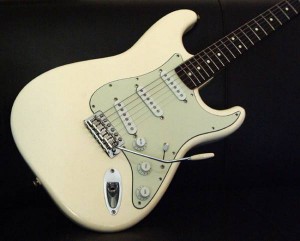 Interesting how well the Rock-Music/Hot-Rod connection worked in the 50s/early 60s. Consider the Gibson Firebird and Fender Stratocaster guitars, both of which had direct aesthetic relations to youth-favored automotive designs of the times. At right: the 1953 Buick Wildcat (source). Below that, the Fender Stratocaster, designed in 1953 (source).
Interesting how well the Rock-Music/Hot-Rod connection worked in the 50s/early 60s. Consider the Gibson Firebird and Fender Stratocaster guitars, both of which had direct aesthetic relations to youth-favored automotive designs of the times. At right: the 1953 Buick Wildcat (source). Below that, the Fender Stratocaster, designed in 1953 (source).
I wonder why no one has made a Honda Civic or Subaru WRX flavored guitar (or beat-making software interface WHOA maybe getting too far out there…)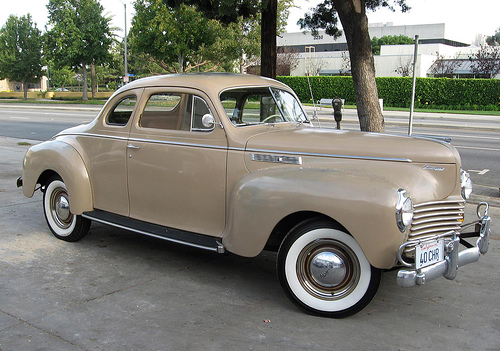
The 1940 Chrysler Windsor, designed by Ray Dietrich (source)
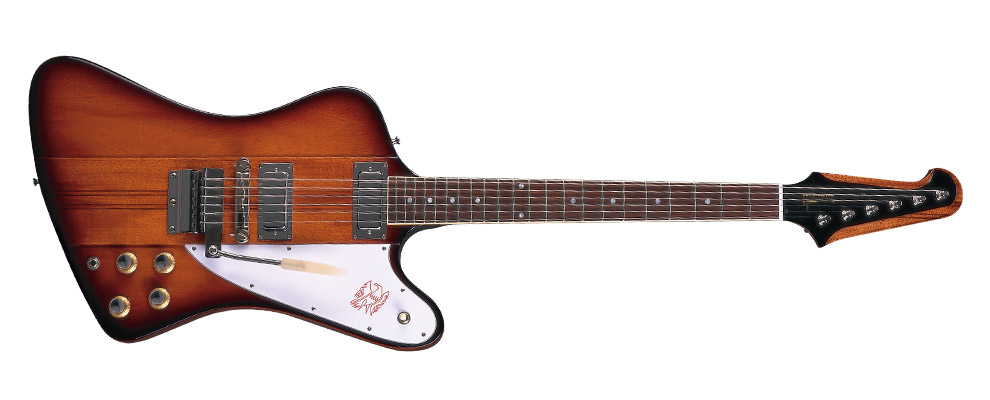 The 1963 Gibson Firebird, also designed by Ray Dietrich (source)
The 1963 Gibson Firebird, also designed by Ray Dietrich (source)
*************
*******
***
From Wikipedia:
“Rockabilly and Motown musicians originally used (Kustom) amps. Other artists known for using the Kustom brand for live applications are Creedence Clearwater Revival, The Altamonts, Dusty Murphy, 3 and Sheryl Crow. Some of the most famous Kustom P.A. users include Creedence Clearwater Revival, Leon Russell, Johnny Cash, Roy Clark, The Jackson 5, Carl Perkins,Alun Tan Lan(Y Niwl) and The Carpenters.”
All of the original 1960s and 70s Kustoms are solid-state amps, so their appeal nowadays is mainly for their cosmetic a(e)ffect. These things were no slouches in the technical department, tho – the 250 and 500 lines shipped with optional JBL or Altec speakers (look for the silver dustcap on the drivers); furthermore, when you come across one of these things nowadays, they generally work well, which is more than can be said for most 40-year-old solid-state guitar amps.
 Pictured above is a German 1972 pricelist for the entire Kustom line. If there is enough demand I will scan and upload the entire thing.
Pictured above is a German 1972 pricelist for the entire Kustom line. If there is enough demand I will scan and upload the entire thing.
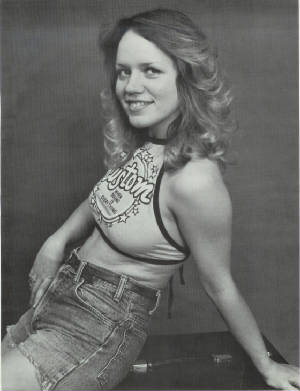 (web source)
(web source)
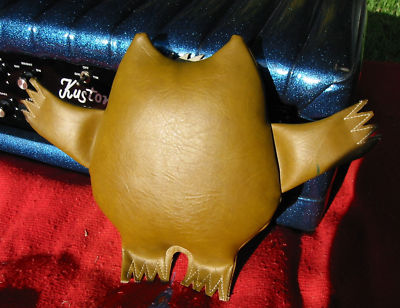 (Web Source)
(Web Source)
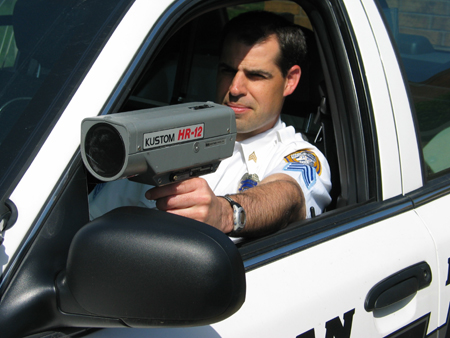 A Kustom-Brand Police Radar gun. Hot Rod Cars are still a focus here, but the situation has changed dramatically. And yes the same man is responsible for both product lines. (Web Source)
A Kustom-Brand Police Radar gun. Hot Rod Cars are still a focus here, but the situation has changed dramatically. And yes the same man is responsible for both product lines. (Web Source)
Since Kustoms are so iconic, there is a ton of information on the web regarding these artifacts and their very colorful and storied creator Bud Ross. Ever wonder what the connection was between Kustom and Kasino? And a gambling addiction? Promo branded halter-tops? Unsavory-looking plush toys? And police radar guns? Yes folks it’s all true. This is an American Epic. Here’s my pick of the best:
History of Kustom/Kasino amps and Bud Ross
A great stockpile of vintage Kustom literature
Personal site of a Kustom super-collector
History of the various Kustom lines
Polymath Bud Ross on-camera delivering an oral history of Kustom and his later ventures
 Download the 4pp circa 1984 Fostex Full Line (condensed) catalog:
Download the 4pp circa 1984 Fostex Full Line (condensed) catalog: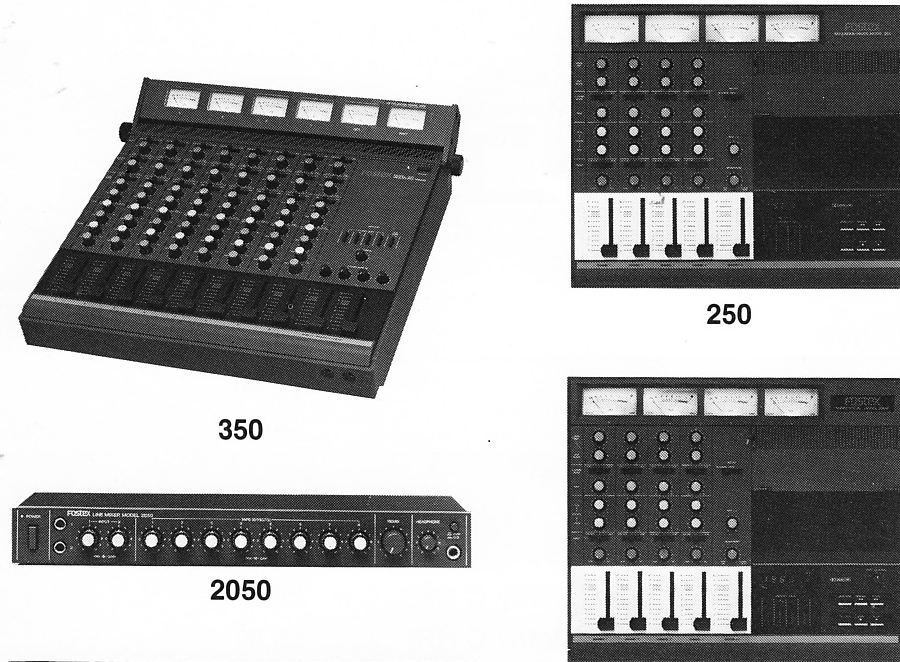 Fostex 250 cassette 4-track machine
Fostex 250 cassette 4-track machine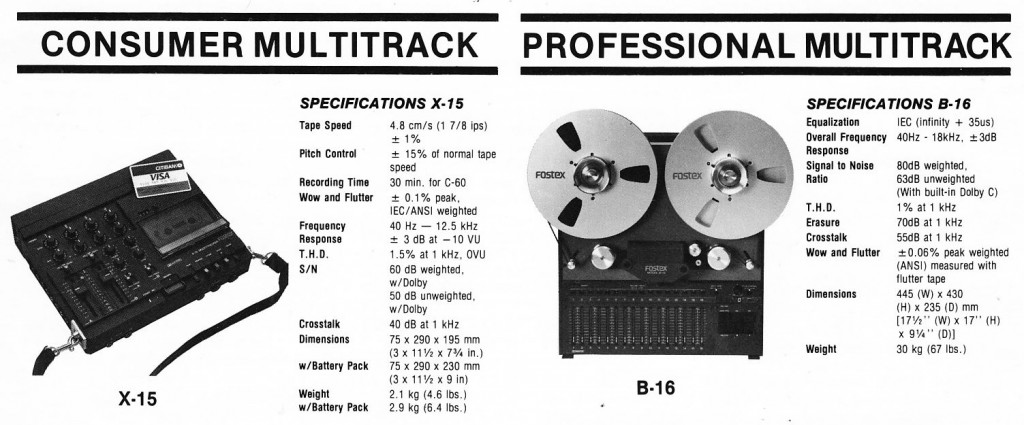 I seem to have a massive amount of early-80s FOSTEX ephemera piled up here, so I guess this gonna be FOSTEX week at PS. First stop: The B16 1/2″ 16-track machine.
I seem to have a massive amount of early-80s FOSTEX ephemera piled up here, so I guess this gonna be FOSTEX week at PS. First stop: The B16 1/2″ 16-track machine.